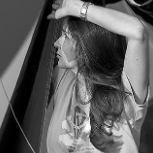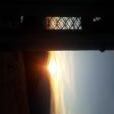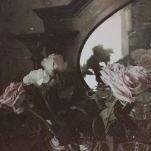زیر گنبد کبود POD NIEBIESKIM NIEBEM
-
Ostatnio w Warsztacie
-

beta_b 5 744
@Waldemar_Talar_Talar Dobrych, spokojnych Śwìąt Bożego Narodzenia, Waldku. Bb
0
-
-
Najczęściej komentowane w ostatnich 7 dniach
-
- 72 odpowiedzi
- 1 479 wyświetleń
-
- 54 odpowiedzi
- 936 wyświetleń
-
- 46 odpowiedzi
- 850 wyświetleń
-
- 37 odpowiedzi
- 570 wyświetleń
-
- 32 odpowiedzi
- 636 wyświetleń
-









Rekomendowane odpowiedzi
Jeśli chcesz dodać odpowiedź, zaloguj się lub zarejestruj nowe konto
Jedynie zarejestrowani użytkownicy mogą komentować zawartość tej strony.
Zarejestruj nowe konto
Załóż nowe konto. To bardzo proste!
Zarejestruj sięZaloguj się
Posiadasz już konto? Zaloguj się poniżej.
Zaloguj się